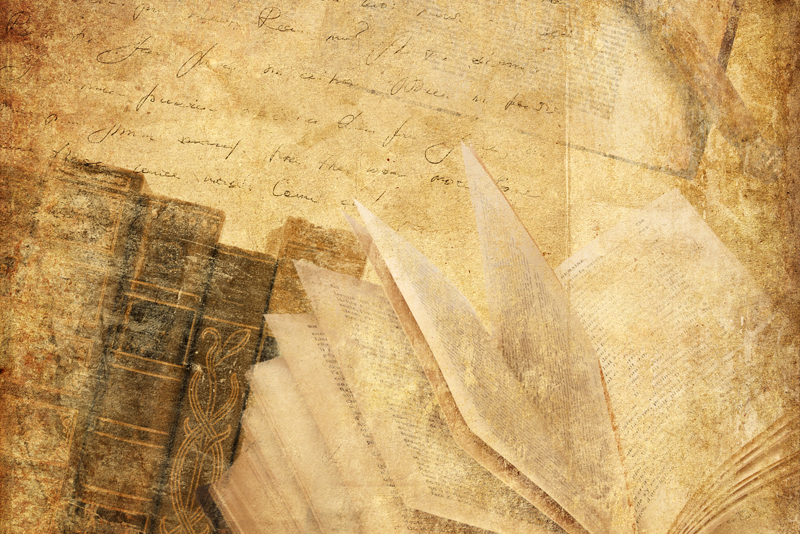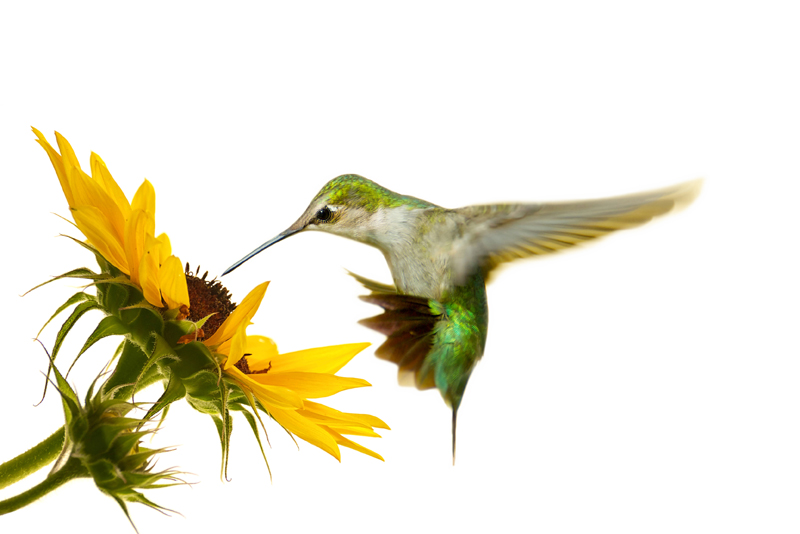Sewing Denim

Few fabrics can claim to have fostered an iconic cultural identity (think Marlon Brando in The Wild One – 1953, James Dean in Rebel Without a Cause -1955, or Henry Winkler as “The Fonz” in the 70’s sitcom, Happy Days), a geographical identity (jeans-wearing cowboys of the American West), a political statement (from the Beat and Woodstock generations), and be so universally pervasive in post-modern society as is the humble denim. Spanning over a century of continuous use, from unassuming beginnings as worker overalls to today’s haute couture fashion, our love affair with denim endures.
It is the California gold rush miners of the 1850s, the American Western working cowboys, assorted notable rebels, hippies, big-screen movie stars, rock bands, contemporary youth, and glitzy high-fashion trend-setters that have made denim clothes, particularly denim jeans, a uniform de rigueur of sorts. A pleasant oxymoron of conformist individuality if you will. But what has this got to do with sewing? Plenty!
Denim is an extremely durable, sturdy fabric as it is twill-woven, usually out of cotton with colored warp and white weft threads. The weft thread passes under two (twi-hence the word “twill”) or more warp fibers, producing the familiar diagonal ribbing on the reverse of the fabric. The distinctly identifiable, resulting fabric is extremely tough, sturdy and long-lasting, can be light to heavy weight, blended with Lycra for stretchability or other poly fibers for enhancement, can have a variety of surface finishes, designs, and colors. It is the denim seam that gives most sewers some headache.
To ensure the best seaming, use the best thread available to reduce skipped or broken stitches and produce visually pleasing, even top stitching. I find the Coats Dual Duty Plus® Extra Strong Jeans or Denim Thread to be helpful in sewing the thick jeans seam however there are many other thread manufacturers that make a similar thread type.
Use new sewing machine needles for medium to heavy weight woven fabrics when sewing a denim project. Old machine needles can become quite dull without noticing reduced performance in other woven fabrics.
The bulky seat seam in jeans is the most troublesome as it is difficult to prevent the machine needle from stalling when crossing over an intersection of seams. Use the minimum amount of presser foot pressure and slightly lift the back of the presser foot as it rides over the seam allowing for a uniform stitch length.
And of course, be sure to wash new denim fabric yardage before sewing to remove some of the fabric sizing which can stiffen the denim considerably. Think about allowing for more than the usual pattern’s 5/8-inch seam allowance as the edges of washed denim can curl and fray somewhat. Adding liquid fabric softener to the rinse water after washing helps soften the denim fabric and coax it into being more user-friendly.
Denim has truly attained the status of a universal fabric, is a continuing classic, and notwithstanding its at times maddening idiosyncrasies can be fun to sew!
Consider the following ideas for sewing with denim scraps:
Rag quilt with exposed seams - Many tutorials are available online however the basics are: if using denim pieces from old jeans be sure and cut off all seams, pockets and belt loops so flat pieces can be obtained(save pockets and belt loops for other projects). Cut all pieces into a uniform square size. Of course many squares are needed depending on quilt size. Lay out squares in rows and columns to determine what is visually pleasing. Start sewing squares together using a 1/2-inch or 5/8-inch seam wrong sides together. Sew one to another in rows then rows to each other. Add backing material (an old sheet works well) and stitch both right sides together leaving an opening for turning. Turn, stitch opening closed. Tie quilt through all layers in a few areas to secure the two layers from excessive movement. Machine launder and dry. The exposed seams should fray softly giving the quilt interesting texture. May have to launder and dry more than once for a maximum fuzzy effect. Excess strings can be trimmed so the exposed seams are uniform. Note: Denim fabric, even long worn jeans made into fabric can be heavy enough for a quilt without having to use any batting.
Pot holders from denim pockets and belt loops - Cut out the jeans pocket leaving as much of the jeans fabric around the edges as possible. Layer cotton batting on top of the pocket and a flannel piece right side down on top of the batting. Stitch around all sides leaving an opening at one corner for turning. Turn right sides out, insert a belt loop in the opening and stitch opening closed. Top stitch to keep all layers secure.
Sew happy, sew inspired.
It is the California gold rush miners of the 1850s, the American Western working cowboys, assorted notable rebels, hippies, big-screen movie stars, rock bands, contemporary youth, and glitzy high-fashion trend-setters that have made denim clothes, particularly denim jeans, a uniform de rigueur of sorts. A pleasant oxymoron of conformist individuality if you will. But what has this got to do with sewing? Plenty!
Denim is an extremely durable, sturdy fabric as it is twill-woven, usually out of cotton with colored warp and white weft threads. The weft thread passes under two (twi-hence the word “twill”) or more warp fibers, producing the familiar diagonal ribbing on the reverse of the fabric. The distinctly identifiable, resulting fabric is extremely tough, sturdy and long-lasting, can be light to heavy weight, blended with Lycra for stretchability or other poly fibers for enhancement, can have a variety of surface finishes, designs, and colors. It is the denim seam that gives most sewers some headache.
To ensure the best seaming, use the best thread available to reduce skipped or broken stitches and produce visually pleasing, even top stitching. I find the Coats Dual Duty Plus® Extra Strong Jeans or Denim Thread to be helpful in sewing the thick jeans seam however there are many other thread manufacturers that make a similar thread type.
Use new sewing machine needles for medium to heavy weight woven fabrics when sewing a denim project. Old machine needles can become quite dull without noticing reduced performance in other woven fabrics.
The bulky seat seam in jeans is the most troublesome as it is difficult to prevent the machine needle from stalling when crossing over an intersection of seams. Use the minimum amount of presser foot pressure and slightly lift the back of the presser foot as it rides over the seam allowing for a uniform stitch length.
And of course, be sure to wash new denim fabric yardage before sewing to remove some of the fabric sizing which can stiffen the denim considerably. Think about allowing for more than the usual pattern’s 5/8-inch seam allowance as the edges of washed denim can curl and fray somewhat. Adding liquid fabric softener to the rinse water after washing helps soften the denim fabric and coax it into being more user-friendly.
Denim has truly attained the status of a universal fabric, is a continuing classic, and notwithstanding its at times maddening idiosyncrasies can be fun to sew!
Consider the following ideas for sewing with denim scraps:
Rag quilt with exposed seams - Many tutorials are available online however the basics are: if using denim pieces from old jeans be sure and cut off all seams, pockets and belt loops so flat pieces can be obtained(save pockets and belt loops for other projects). Cut all pieces into a uniform square size. Of course many squares are needed depending on quilt size. Lay out squares in rows and columns to determine what is visually pleasing. Start sewing squares together using a 1/2-inch or 5/8-inch seam wrong sides together. Sew one to another in rows then rows to each other. Add backing material (an old sheet works well) and stitch both right sides together leaving an opening for turning. Turn, stitch opening closed. Tie quilt through all layers in a few areas to secure the two layers from excessive movement. Machine launder and dry. The exposed seams should fray softly giving the quilt interesting texture. May have to launder and dry more than once for a maximum fuzzy effect. Excess strings can be trimmed so the exposed seams are uniform. Note: Denim fabric, even long worn jeans made into fabric can be heavy enough for a quilt without having to use any batting.
Pot holders from denim pockets and belt loops - Cut out the jeans pocket leaving as much of the jeans fabric around the edges as possible. Layer cotton batting on top of the pocket and a flannel piece right side down on top of the batting. Stitch around all sides leaving an opening at one corner for turning. Turn right sides out, insert a belt loop in the opening and stitch opening closed. Top stitch to keep all layers secure.
Sew happy, sew inspired.
You Should Also Read:
Denim Projects to Sew

Related Articles
Editor's Picks Articles
Top Ten Articles
Previous Features
Site Map
Content copyright © 2023 by Cheryl Ellex. All rights reserved.
This content was written by Cheryl Ellex. If you wish to use this content in any manner, you need written permission. Contact Cheryl Ellex for details.







